Home>Furniture & Design>Interior Design Trends>How Is Sea Glass Formed
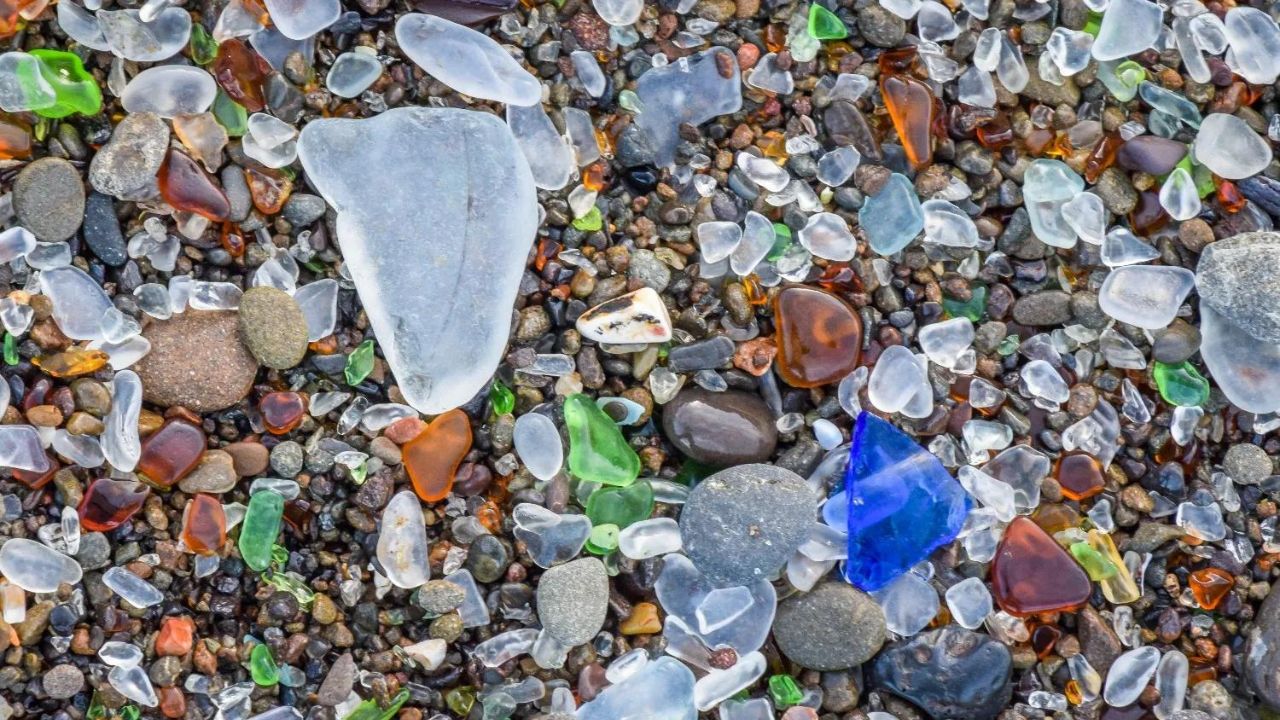

Interior Design Trends
How Is Sea Glass Formed
Modified: March 2, 2024
Discover the latest interior design trends and learn how sea glass is formed. Explore the beauty of sea glass and its impact on modern interior design.
(Many of the links in this article redirect to a specific reviewed product. Your purchase of these products through affiliate links helps to generate commission for Storables.com, at no extra cost. Learn more)
Introduction
Sea glass, with its enchanting allure and captivating history, has long been a cherished treasure for beachcombers and collectors alike. This unique form of glass, also known as beach glass, is a testament to the transformative power of nature. Each piece of sea glass holds within it a story of its own, shaped by the relentless forces of the ocean and the passage of time.
The journey of sea glass begins with discarded glass items, such as bottles, jars, and even shipwreck remnants, that find their way into the ocean. Over the course of many years, these glass fragments undergo a remarkable metamorphosis, evolving from sharp, jagged edges into smooth, frosted gems that glisten like precious jewels in the sunlight. The process through which sea glass is formed is a testament to the resilience of nature and the artistry of the elements.
As we delve into the world of sea glass, we will uncover the intricate process of its formation, the factors that influence its development, and the myriad ways in which it is cherished and repurposed. Join us on a journey through the mesmerizing realm of sea glass, where the mysteries of the ocean converge with the beauty of transformation.
Key Takeaways:
- Sea glass is formed through a captivating process of transformation by the ocean, turning discarded glass into smooth, frosted treasures with vibrant colors, reflecting the enduring beauty of nature’s artistry.
- Factors such as glass type, environmental conditions, duration of submersion, geographic location, and historical context influence the formation of sea glass, contributing to its diverse colors, shapes, and textures found along shorelines worldwide.
Read more: How Does Sea Glass Form
What is Sea Glass?
Sea glass, also referred to as beach glass, is a wondrous and captivating form of weathered glass that has been naturally transformed by the ocean. It is often discovered along shorelines, where the relentless ebb and flow of the tides work their magic on discarded glass items, shaping them into smooth, frosted treasures. Each piece of sea glass is a testament to the enduring power of nature and the remarkable process of transformation.
The origins of sea glass can be traced back to glass objects that were discarded or lost at sea. These items, including bottles, jars, and even remnants of shipwrecks, find their way into the ocean, where they undergo a remarkable metamorphosis. Over the course of many years, the glass fragments are tumbled and polished by the waves, sand, and rocks, gradually shedding their sharp edges and acquiring a distinct frosted appearance.
One of the most captivating aspects of sea glass is its vibrant array of colors, which range from soft pastels to deep jewel tones. These hues are a result of the chemical reactions and weathering processes that occur as the glass interacts with the elements. The most sought-after sea glass colors include shades of green, blue, and aqua, each imbued with a sense of mystery and allure.
Beyond its aesthetic appeal, sea glass holds a rich history within its translucent depths. Each piece carries the imprint of its past life, offering a glimpse into bygone eras and the human imprint on the natural world. Whether it originates from vintage soda bottles, maritime vessels, or household wares, sea glass encapsulates a sense of nostalgia and intrigue, inviting us to ponder the stories behind its origins.
In essence, sea glass is a testament to the harmonious interplay between human artistry and the forces of nature. It serves as a poignant reminder of the enduring beauty that emerges from transformation, as well as a symbol of the ocean's timeless allure. As we continue to explore the world of sea glass, we will unravel the captivating process through which these oceanic gems are formed and the factors that contribute to their unique characteristics.
Formation Process of Sea Glass
The formation of sea glass is a captivating journey that begins with discarded glass items finding their way into the ocean. Once submerged in the marine environment, these glass fragments undergo a remarkable process of transformation, shaped by the relentless forces of the tides and the abrasive action of sand and rocks.
The first stage of the formation process involves the physical weathering of the glass. As the glass pieces are tossed and tumbled by the waves, they collide with one another and with the surrounding rocks and sand. This constant agitation serves to wear down the sharp edges and surfaces of the glass, gradually smoothing and rounding them into distinctive shapes. Over time, the once jagged and angular glass fragments evolve into polished, frosted gems, their surfaces imbued with a mesmerizing translucence.
In addition to physical abrasion, the chemical composition of the glass undergoes subtle yet significant changes during its immersion in the ocean. The interaction between the glass and the elements present in seawater, such as salt and minerals, contributes to the gradual alteration of its appearance and texture. This chemical weathering process further enhances the unique characteristics of sea glass, imbuing it with a distinct patina and enhancing its visual appeal.
The duration of the formation process varies widely, with some pieces of sea glass requiring several decades or even centuries to reach their coveted state of smoothness and translucency. Factors such as the type of glass, the environmental conditions, and the specific location where the glass is submerged all play a role in shaping the timeline of sea glass formation.
Ultimately, the formation of sea glass is a testament to the transformative power of nature, as well as a reflection of the enduring beauty that emerges from the interplay of time, elements, and human artistry. Each piece of sea glass bears the indelible marks of its journey, embodying the captivating story of its evolution from discarded glass to a cherished oceanic gem.
As we delve deeper into the world of sea glass, we will uncover the myriad factors that influence its formation and the enchanting allure that has captivated generations of beachcombers and collectors.
Factors Affecting Sea Glass Formation
The formation of sea glass is a complex and intricate process that is influenced by a myriad of factors, each contributing to the unique characteristics and allure of these oceanic gems. Understanding the variables that impact sea glass formation provides valuable insight into the diverse array of colors, shapes, and textures that can be found along shorelines worldwide.
1. Glass Type and Composition
The type of glass from which sea glass originates plays a significant role in its formation. Glass items crafted from different compositions, such as soda-lime glass, borosilicate glass, or even vintage Depression glass, undergo distinct weathering processes when exposed to the marine environment. The chemical makeup of the glass, including the presence of certain minerals and additives, influences the extent and nature of its transformation, resulting in a diverse spectrum of colors and textures.
Read more: What To Do With Sea Glass
2. Environmental Conditions
The environmental conditions in which glass fragments are submerged profoundly impact the pace and outcome of sea glass formation. Factors such as water temperature, salinity, and the presence of abrasive sediments all contribute to the physical and chemical weathering processes that shape sea glass. Coastal regions with turbulent tides and rocky shorelines may yield sea glass with a more pronounced frosted appearance, while calmer, sandy beaches may produce pieces with a smoother texture.
3. Duration of Submersion
The length of time that glass fragments spend in the ocean directly influences the extent of their transformation into sea glass. Pieces that have been submerged for extended periods undergo more thorough weathering, resulting in a greater degree of smoothing and frosted patina. The duration of submersion varies widely, with some sea glass pieces requiring decades or even centuries to achieve their coveted appearance, while others may undergo accelerated weathering due to specific environmental conditions.
4. Geographic Location
The geographic location in which glass fragments are immersed plays a pivotal role in shaping the characteristics of sea glass. Different coastal regions around the world offer distinct environmental conditions, sediment compositions, and tidal patterns, all of which contribute to the unique qualities of sea glass found in each locale. From the rugged shores of the Pacific Northwest to the tranquil beaches of the Caribbean, the geographic diversity of sea glass reflects the rich tapestry of marine environments.
5. Human Activity and Historical Context
The historical context and human activity in a particular area can also influence the abundance and diversity of sea glass. Coastal regions with a history of maritime trade, shipwrecks, or industrial activity may yield sea glass with distinct origins and colors, reflecting the remnants of bygone eras and human interactions with the ocean. Understanding the historical context of a shoreline can provide valuable insights into the origins of sea glass and the stories it encapsulates.
In essence, the formation of sea glass is a multifaceted process shaped by a symphony of natural and human-driven factors. By considering the interplay of glass composition, environmental conditions, duration of submersion, geographic location, and historical context, we gain a deeper appreciation for the captivating diversity and enduring allure of sea glass.
Read more: What Is Sea Glass
Where to Find Sea Glass
The quest for sea glass is a captivating pursuit that beckons enthusiasts to explore a diverse array of coastal landscapes, each offering the promise of discovering nature's frosted treasures. While the allure of sea glass knows no bounds, certain coastal environments are renowned for yielding an abundance of these oceanic gems. From rugged shorelines sculpted by turbulent tides to serene beaches adorned with glistening sands, the search for sea glass unfolds amidst a tapestry of natural beauty and maritime history.
Coastal Hotspots
Coastal hotspots, characterized by their dynamic interplay of tides, currents, and rocky terrain, are prime locations for discovering sea glass. These rugged shorelines, often found along the Pacific Northwest and Atlantic Northeast regions, bear witness to the relentless forces of the ocean, which sculpt discarded glass fragments into polished gems over time. The juxtaposition of jagged rocks and churning waves creates an ideal environment for the natural abrasion and weathering processes that transform glass into sea glass.
Tranquil Beaches
Tranquil beaches with soft, sandy shores provide a contrasting yet equally enchanting setting for sea glass hunting. These idyllic coastal stretches, often found in tropical and subtropical regions, offer a serene backdrop for seekers of sea glass. The gentle ebb and flow of the tides, coupled with the fine-grained sands, contribute to the gradual smoothing and polishing of glass fragments, resulting in pieces with a distinctively smooth and frosted appearance.
Historic Maritime Sites
Historic maritime sites, including areas with a rich legacy of maritime trade, shipwrecks, and coastal settlements, hold a special allure for sea glass enthusiasts. These locales bear witness to the human imprint on the ocean, with remnants of bygone eras and nautical activities washing ashore as sea glass. The mingling of historical artifacts with natural treasures adds a layer of intrigue to the sea glass hunting experience, inviting seekers to uncover the stories embedded within each glimmering find.
Read more: How To Find Sea Glass
Remote Coastal Gems
Remote coastal gems, often tucked away from bustling tourist destinations, offer a sense of seclusion and discovery for those in search of sea glass. These hidden coves, secluded bays, and unspoiled shorelines provide a sanctuary for the natural transformation of glass into sea glass. The sense of serenity and unspoiled beauty found in these coastal enclaves adds an element of adventure to the sea glass hunting experience, inviting seekers to explore off-the-beaten-path locales in pursuit of nature's radiant jewels.
In essence, the search for sea glass unfolds across a tapestry of coastal landscapes, each offering a unique blend of natural beauty, historical intrigue, and the timeless allure of oceanic transformation. Whether amidst rugged coastlines sculpted by the elements or tranquil beaches adorned with glistening sands, the journey to find sea glass is a testament to the enduring allure of nature's artistry and the captivating stories that wash ashore with each frosted gem.
Uses of Sea Glass
Sea glass, with its ethereal beauty and rich history, has inspired a myriad of creative and practical uses that extend far beyond its origins as discarded glass. The enchanting allure of sea glass, coupled with its smooth, frosted appearance and vibrant array of colors, has sparked a wave of artistic expression and functional applications. From jewelry crafting to decorative accents, the versatility of sea glass has captured the imagination of artisans, designers, and beachcombers worldwide.
1. Jewelry Crafting
One of the most popular and enduring uses of sea glass is in the creation of exquisite jewelry pieces. Craftsmen and jewelry designers meticulously select and shape sea glass fragments, transforming them into stunning pendants, earrings, bracelets, and rings. The translucent beauty of sea glass, coupled with its tactile smoothness, lends an air of timeless elegance to each jewelry creation. Whether set in sterling silver, gold, or intricately woven macramé, sea glass jewelry serves as a wearable testament to the ocean's transformative artistry.
2. Home Décor and Art
Sea glass finds its place as a captivating element in home décor and artistic compositions. From mosaic tabletops adorned with sea glass accents to framed wall art featuring intricate sea glass designs, the versatility of sea glass as a decorative medium knows no bounds. Its vibrant colors and tactile appeal infuse living spaces with a sense of coastal charm and natural beauty, evoking the serene allure of the ocean within interior settings.
Read more: How To Display Sea Glass
3. Coastal Crafts and Ornaments
The allure of sea glass extends to the realm of coastal crafts and ornaments, where imaginative artisans repurpose these oceanic gems into charming keepsakes and decorative accents. From wind chimes adorned with tinkling sea glass chimes to handcrafted ornaments that capture the essence of seaside living, sea glass serves as a versatile medium for infusing coastal charm into a myriad of craft projects and decorative creations.
4. Environmental Awareness and Advocacy
Beyond its aesthetic and functional uses, sea glass also serves as a poignant symbol of environmental awareness and advocacy. The process through which discarded glass is transformed into sea glass highlights the enduring impact of human actions on the natural world. By incorporating sea glass into art installations, educational initiatives, and environmental campaigns, advocates seek to raise awareness about marine conservation and the importance of responsible waste management.
5. Meditation and Mindfulness
The tactile and visual appeal of sea glass lends itself to mindfulness practices and meditative pursuits. Whether used as tactile meditation stones, incorporated into mindfulness gardens, or arranged in soothing mandala patterns, sea glass invites individuals to connect with the tranquility of the ocean and embrace moments of contemplation and serenity.
In essence, the uses of sea glass encompass a diverse spectrum of creative, functional, and symbolic applications, each reflecting the enduring allure and transformative beauty of these oceanic treasures. From adorning jewelry and home décor to advocating for environmental stewardship, sea glass continues to inspire and captivate, weaving a tapestry of artistry, mindfulness, and coastal charm.
Conclusion
In conclusion, the world of sea glass is a captivating realm where the enduring forces of nature converge with the artistry of human creativity. From its humble origins as discarded glass items to its transformation into frosted gems adorning coastal shores, sea glass embodies the timeless allure of the ocean's transformative power.
The formation of sea glass, shaped by the interplay of physical and chemical weathering processes, reflects the resilience of nature and the enduring beauty that emerges from the passage of time. Each piece of sea glass carries within it a story of evolution, bearing the indelible marks of its journey from sharp fragments to smooth, translucent treasures.
The factors influencing sea glass formation, including glass composition, environmental conditions, duration of submersion, geographic location, and historical context, contribute to the diverse array of colors, shapes, and textures found along shorelines worldwide. Understanding these variables adds depth to the appreciation of sea glass, unveiling the rich tapestry of influences that shape its captivating allure.
The quest for sea glass unfolds across a myriad of coastal landscapes, from rugged shorelines sculpted by turbulent tides to tranquil beaches adorned with glistening sands. Each locale offers a unique blend of natural beauty, historical intrigue, and the enduring allure of oceanic transformation, inviting enthusiasts to embark on a journey of discovery and wonder.
Moreover, the uses of sea glass extend far beyond its origins, inspiring a wave of artistic expression, functional applications, and environmental advocacy. From jewelry crafting to home décor, coastal crafts, and mindfulness practices, sea glass serves as a versatile medium for infusing coastal charm, raising environmental awareness, and evoking moments of contemplation and serenity.
In essence, sea glass stands as a testament to the harmonious interplay between human artistry and the forces of nature, inviting us to cherish the enduring beauty that emerges from transformation. As we continue to explore the captivating world of sea glass, we are reminded of the ocean's timeless allure and the enchanting stories that wash ashore with each frosted gem.
Frequently Asked Questions about How Is Sea Glass Formed
Was this page helpful?
At Storables.com, we guarantee accurate and reliable information. Our content, validated by Expert Board Contributors, is crafted following stringent Editorial Policies. We're committed to providing you with well-researched, expert-backed insights for all your informational needs.
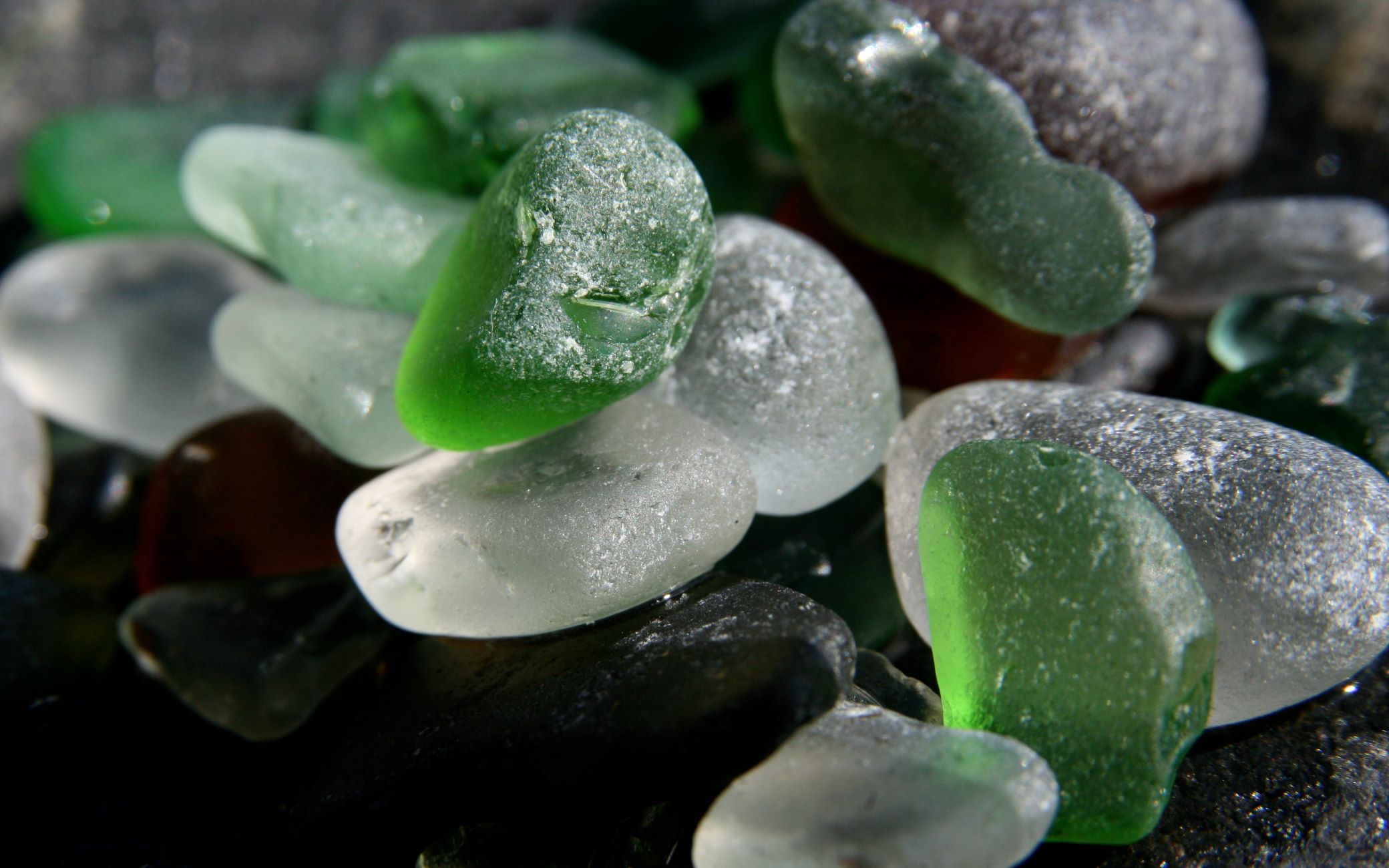
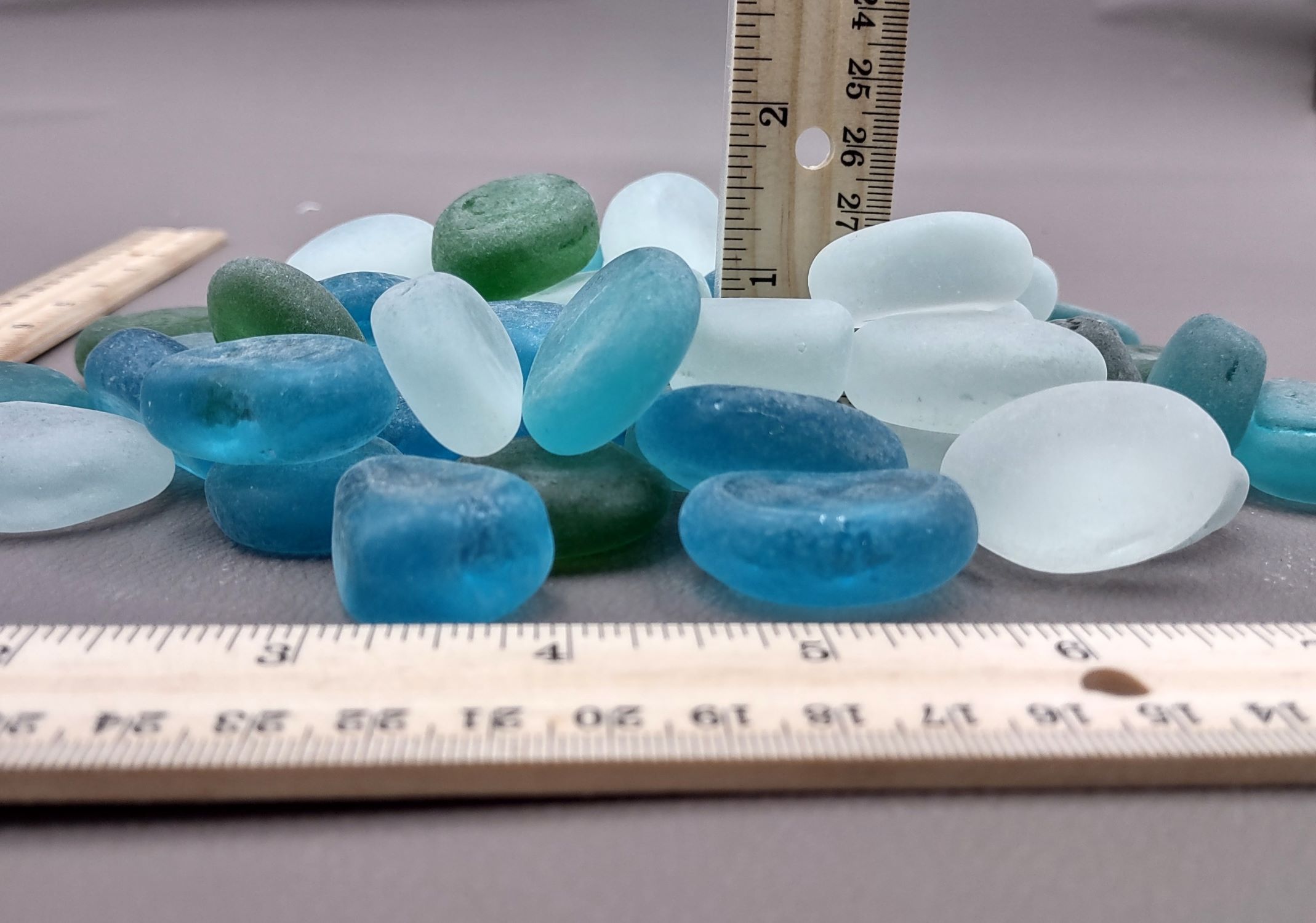
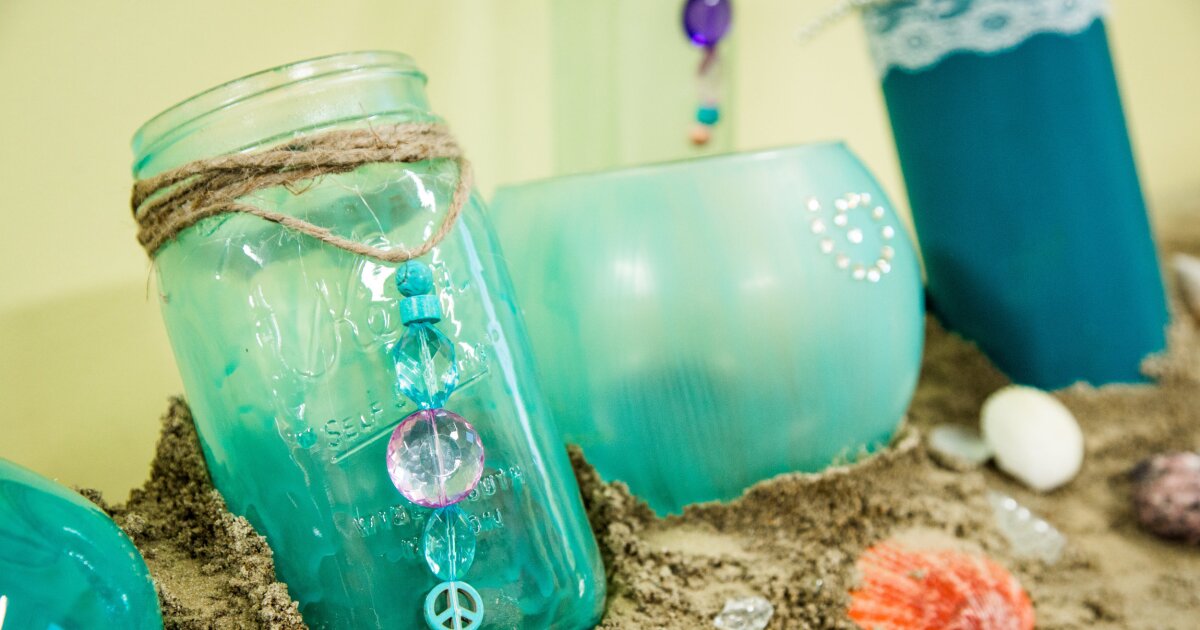
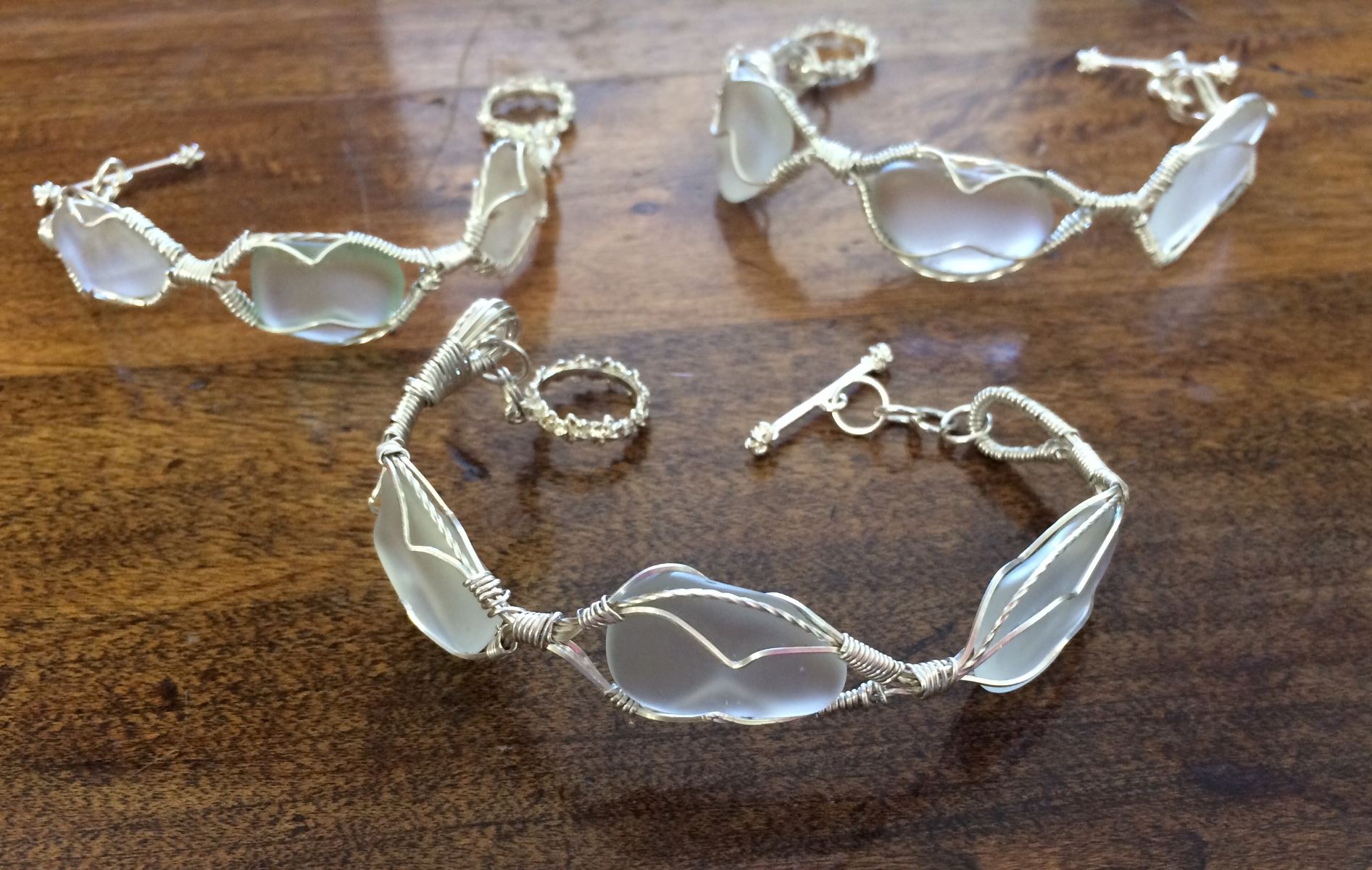
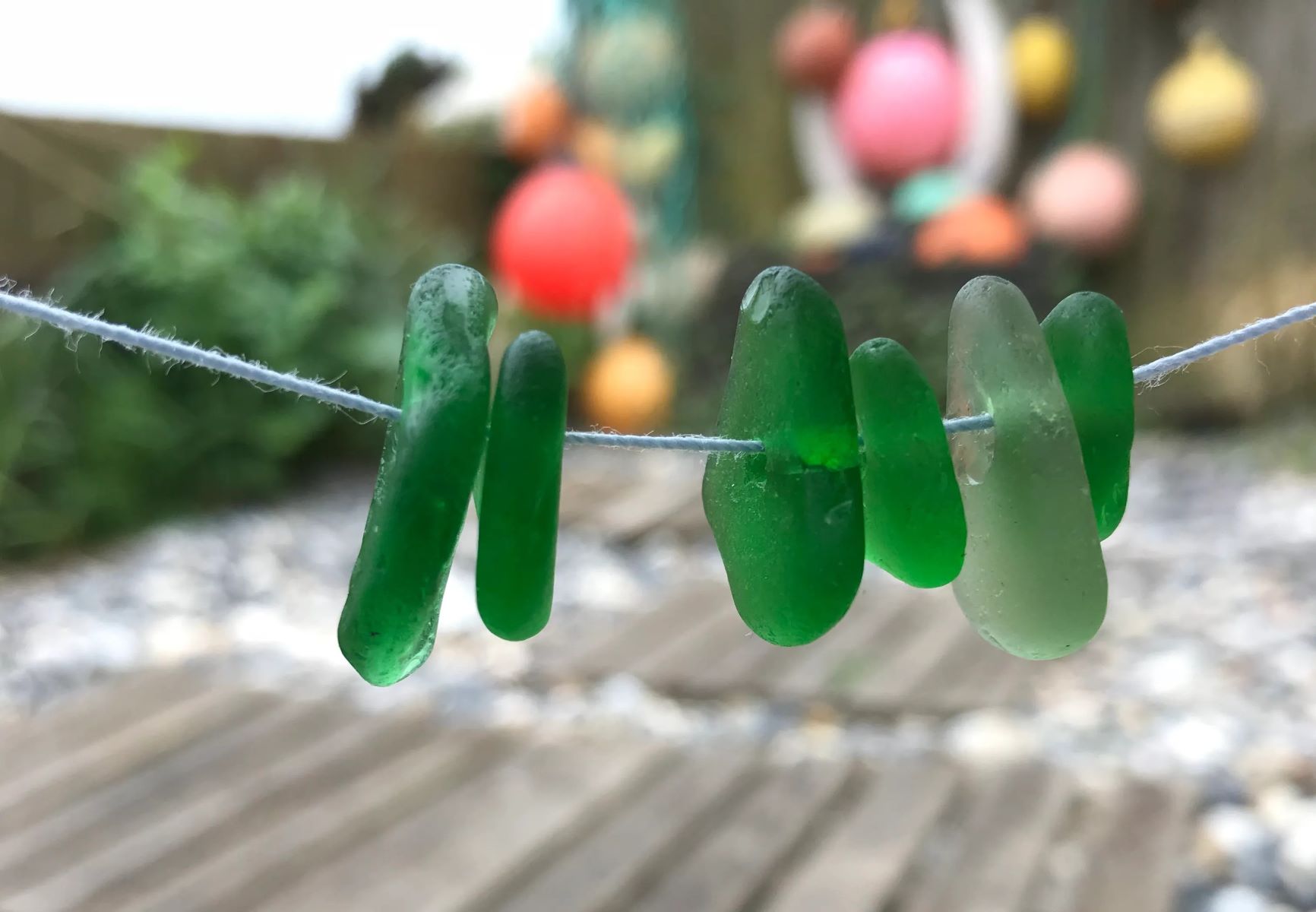
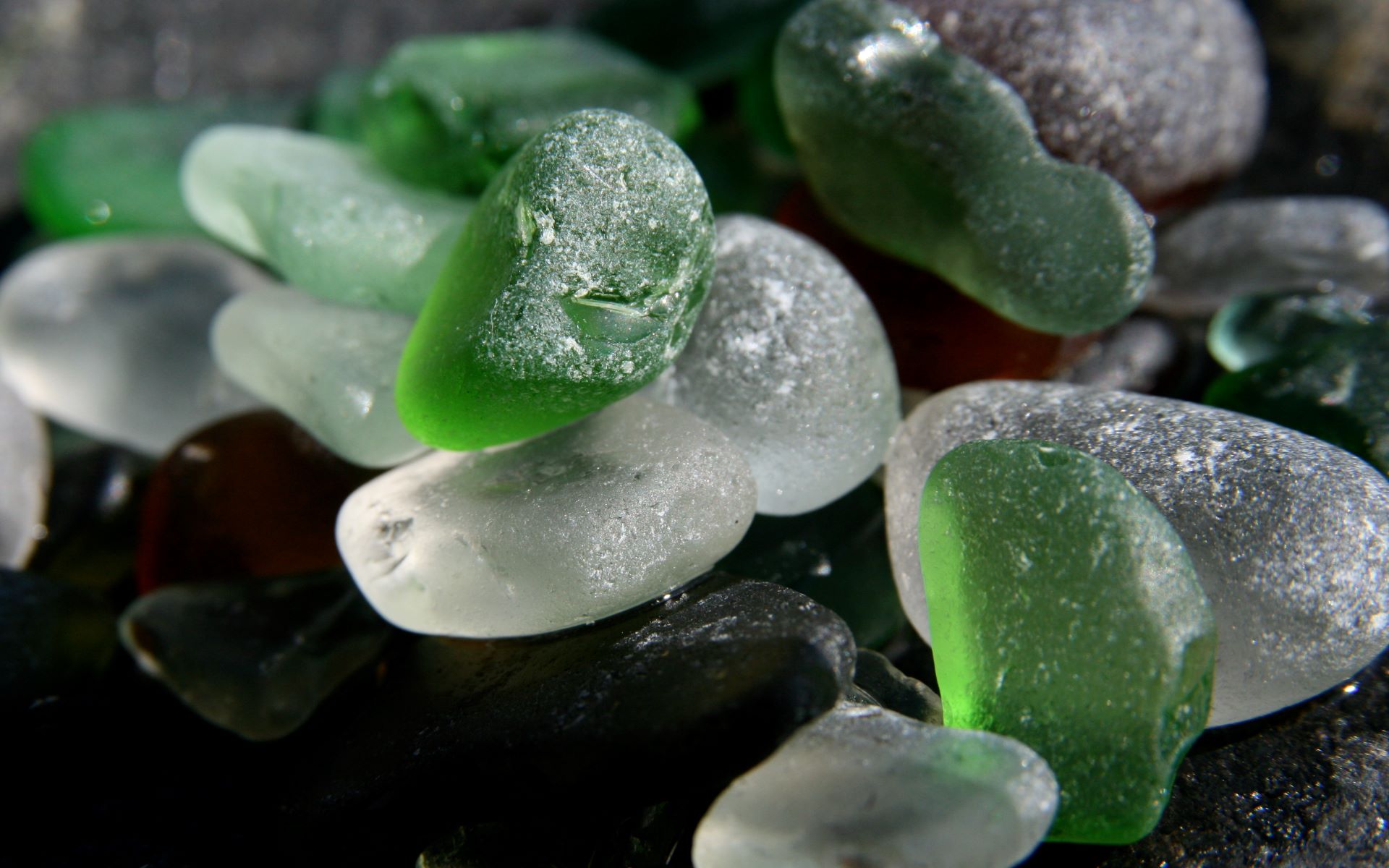
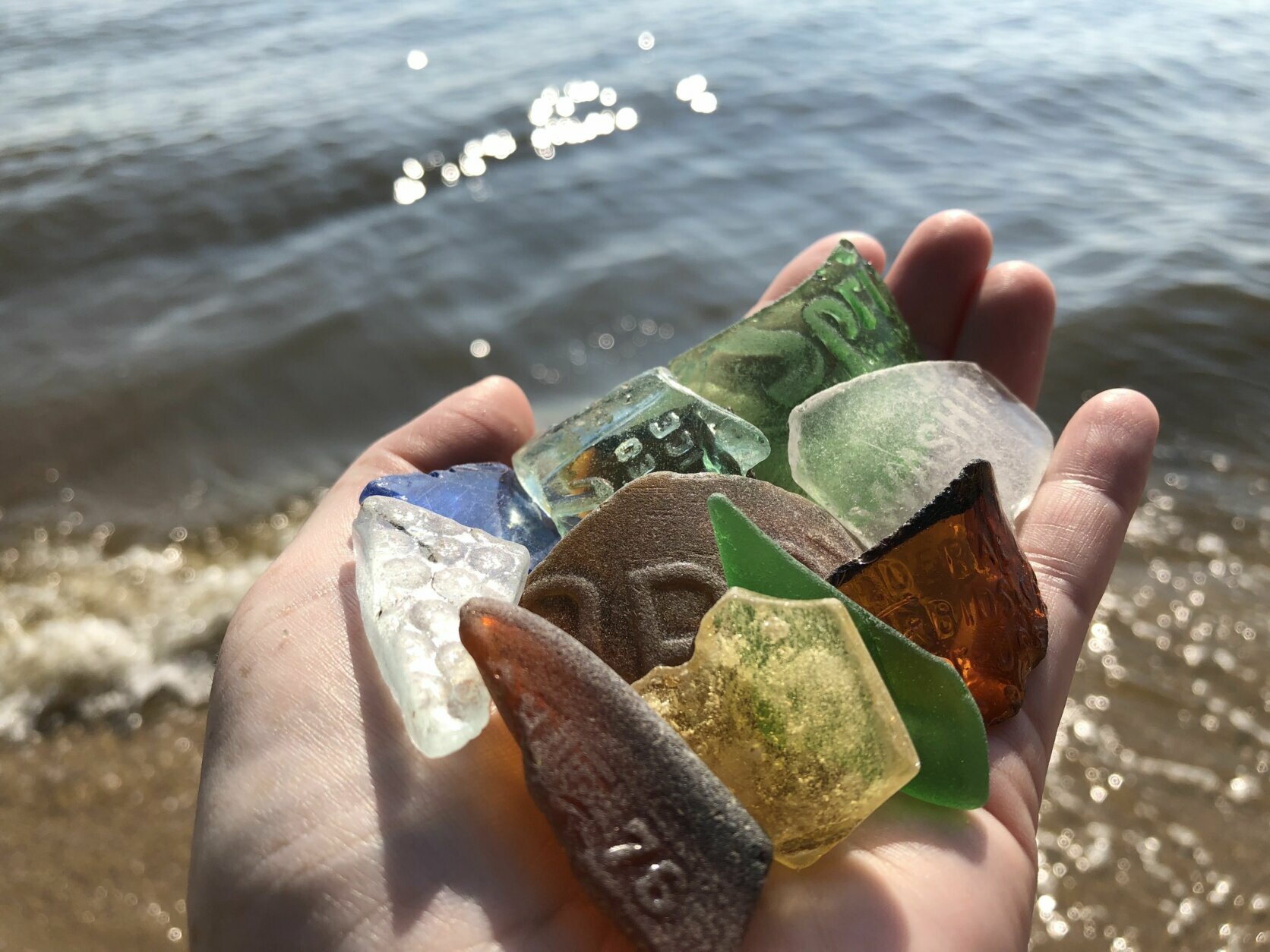
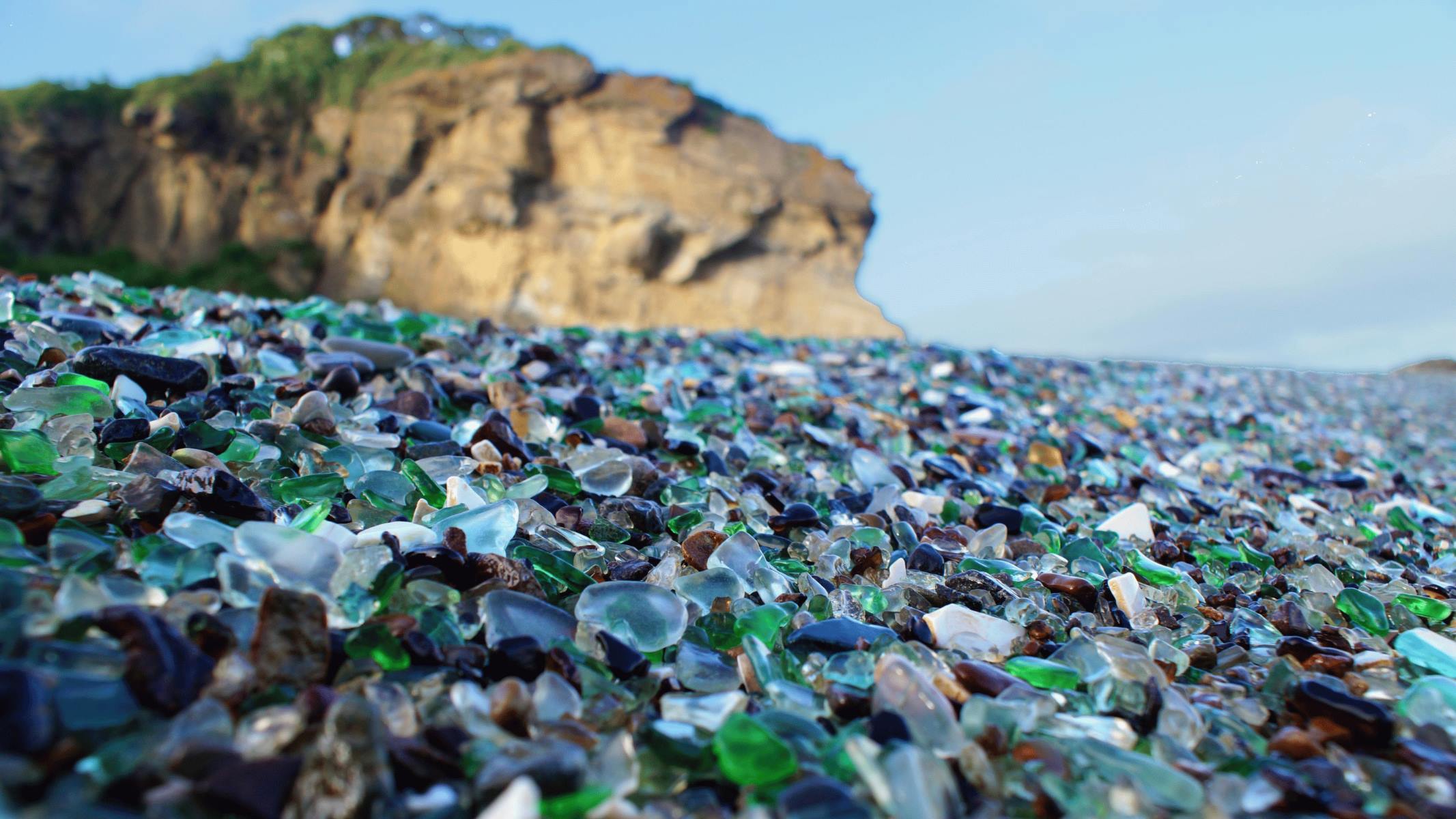
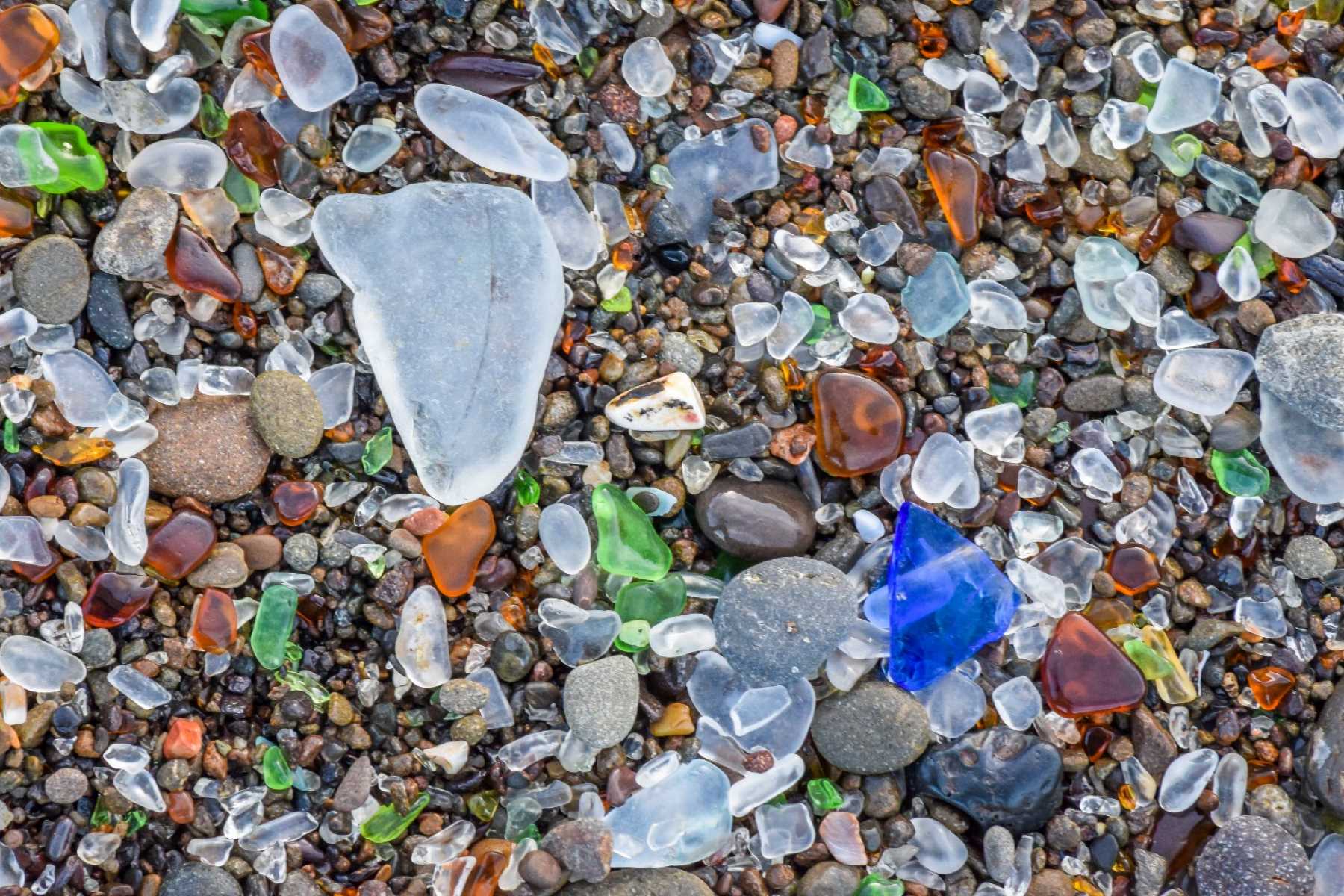
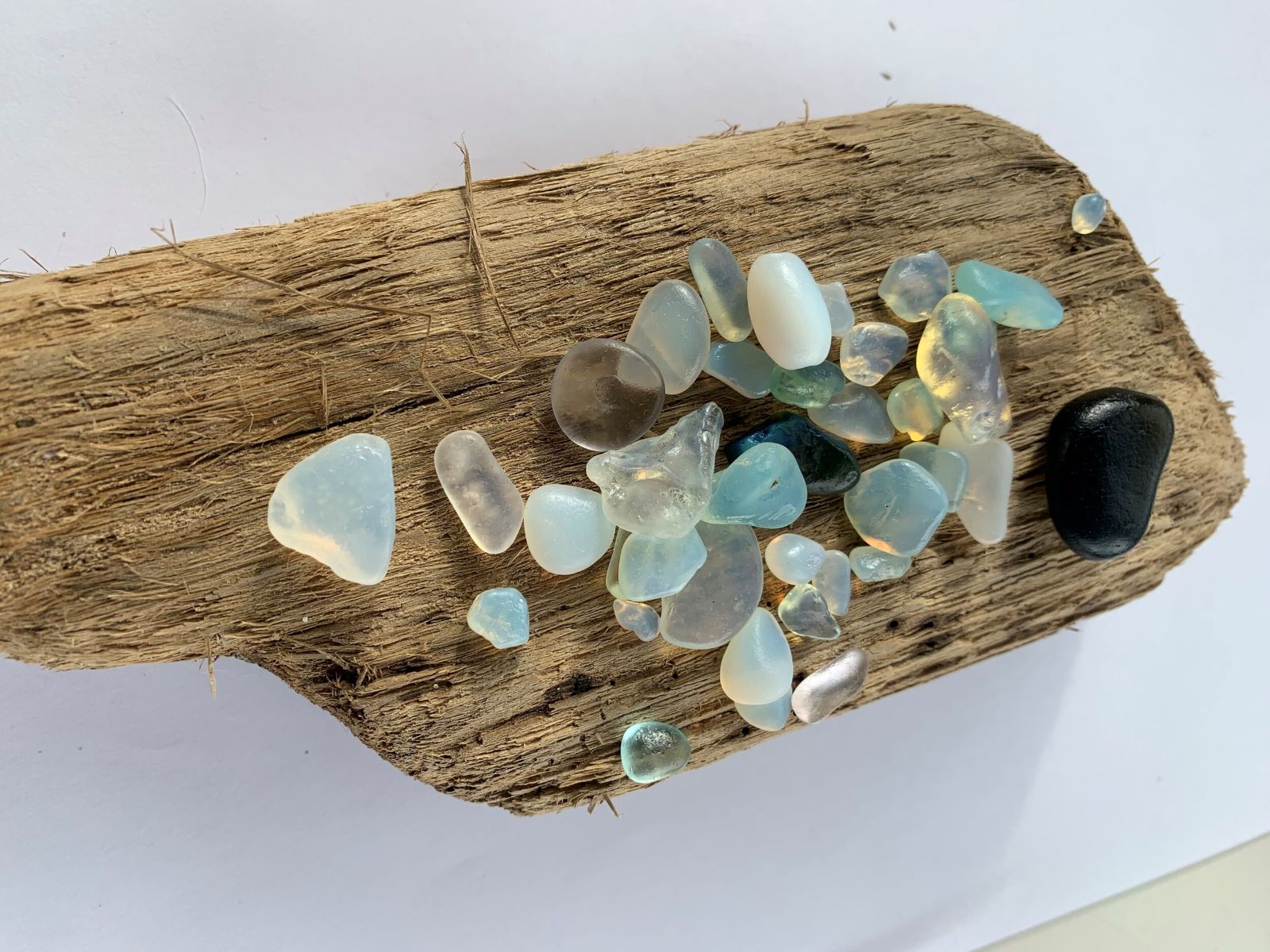
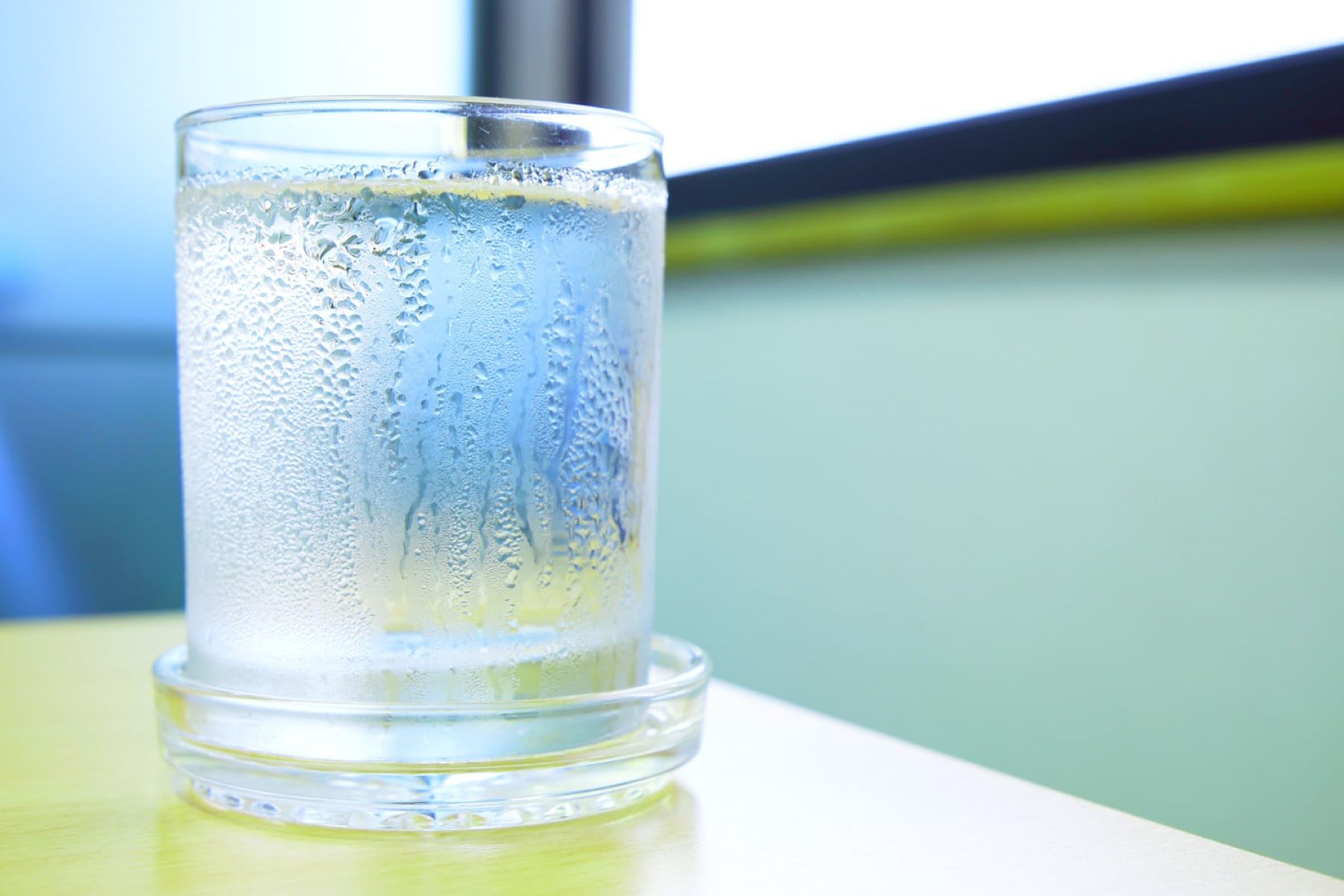

0 thoughts on “How Is Sea Glass Formed”